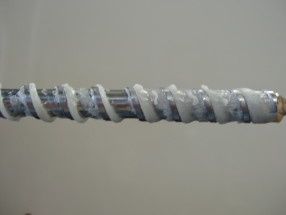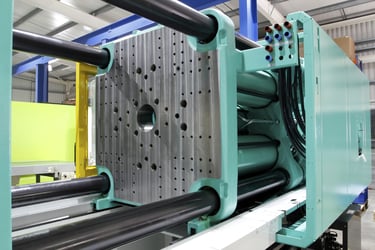1. Take your top priority machines and schedule manpower to relieve the operators during breaks and lunches all week and across all shifts. If they don't get shut down during the week for breaks and lunches, you gain a shift of production by Friday.
2. If you run certain machines on certain shifts, then consider having your day shift begin the shutdown late Friday. Day shifts usually have more support staff versus night shifts.
3. With the help of your process techs, mold setters, & material handlers, determine how long it takes for each individual machine to run out of material if the loader is shut off. Then pick the priority of order for all machines to run out.
4. Make sure there are copies of instructions placed on a clipboard at the machine for reference for any special machines that have very specific shutdown instructions. Proper procedures are essential to your success.
5. Don't be afraid to involve more people with your shutdown tasks. Most operators want to move up in the company, learn, and grow. The more people you teach how to do a great shutdown, the better the shutdown will be.
6. Change which shift shuts down and starts-up equally rotating until each shift has completed both. This lets the shift that normally starts the plant up see firsthand what it takes to shut down the plant. This is a big suggestion that often does not get considered. Many good ideas for improvement can be found by doing this. It promotes teamwork and respect between the shifts and shows the company equally values day to day and shift to shift operations.










